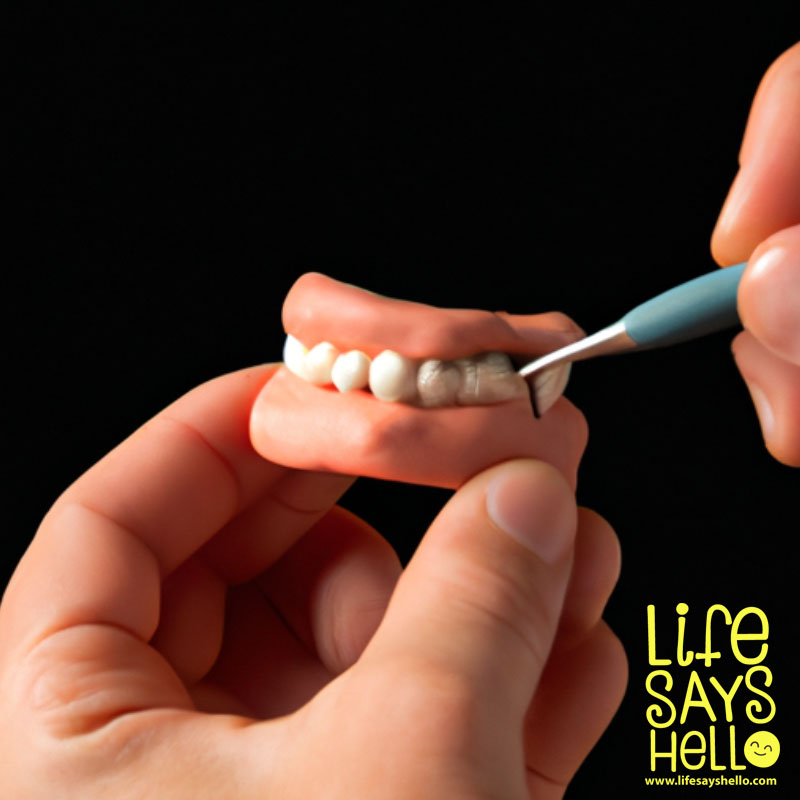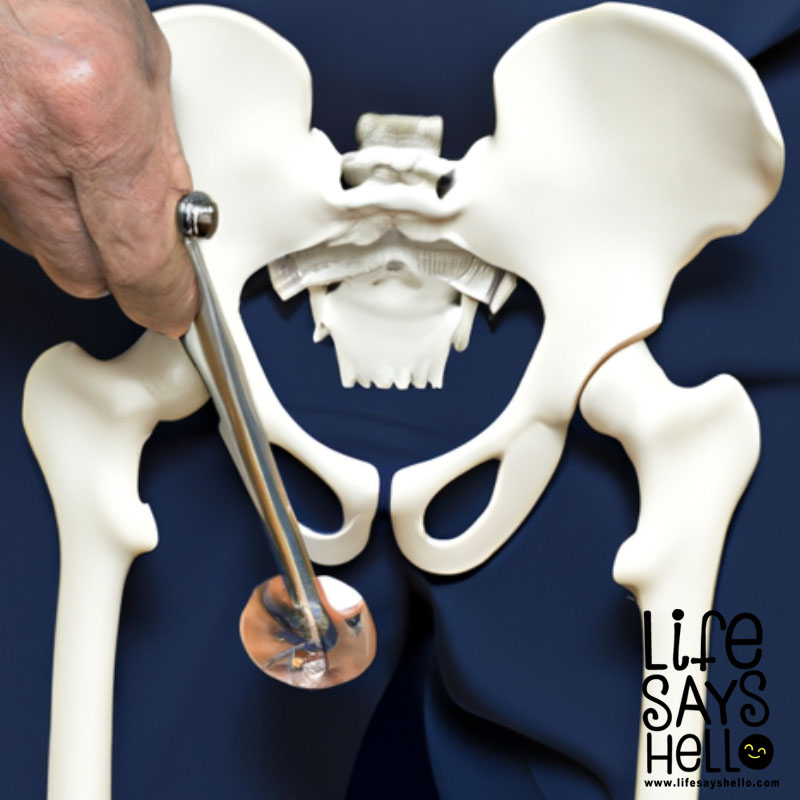How Do Dentists Fix Cavities: A Comprehensive Guide to Dental Treatments for Healthy Smiles

Cavities, those pesky holes in our teeth, can cause a lot of pain and discomfort, but have you ever wondered how dentists fix cavities and restore your smile? In this comprehensive guide, we'll dive into the various dental treatments available to tackle cavities and keep your teeth healthy and strong.
Cavities are a common dental issue that can affect people of all ages, causing pain, discomfort, and even tooth loss if left untreated. Understanding how dentists fix cavities is crucial for maintaining good oral health and ensuring that your smile remains bright and healthy. In this article, we'll explore the different dental treatments available for fixing cavities and discuss how dentists choose the most suitable method based on the severity and location of the decay.
The Process of Diagnosing Cavities
Before we dive into the various treatments for fixing cavities, it's essential to understand how dentists diagnose these dental issues in the first place. During a dental examination, your dentist will carefully inspect your teeth and gums for any signs of decay or damage. They may also use dental X-rays to get a clearer picture of your teeth's internal structure and identify any hidden cavities.
Once your dentist has identified a cavity, they will assess its severity, size, location, and the overall condition of the affected tooth. These factors will determine the most appropriate treatment option for your specific situation.
Fluoride Treatment for Early-Stage Cavities
If your dentist detects a small cavity that hasn't yet reached the dentin layer of your tooth, they may recommend a fluoride treatment to help reverse the decay. Fluoride is a natural mineral that strengthens tooth enamel and can prevent cavities from progressing further.
During a fluoride treatment, your dentist will apply a high-concentration fluoride gel, foam, or varnish directly to your teeth. This process helps to remineralize the enamel, making it more resistant to decay. Regular fluoride treatments can be an effective way to combat early-stage cavities and maintain good oral health.
Fillings: A Common Solution for Cavities
When a cavity has progressed beyond the enamel and into the dentin layer of the tooth, your dentist will likely recommend a filling to restore the tooth's structure and prevent further decay. Fillings are made from various materials, including composite resin, amalgam, ceramic, and metal. Each material has its benefits, and your dentist will help you choose the most suitable option based on factors such as the location of the cavity, your personal preferences, and any allergies or sensitivities you may have.
To fill a cavity, your dentist will first remove the decayed part of the tooth using a dental drill or laser. They will then clean the area thoroughly before applying the chosen filling material. Once the filling is in place, your dentist will shape and polish it to ensure a comfortable fit and a natural appearance.
Crowns, Inlays, and Onlays: Custom-Made Solutions for Damaged Teeth
In some cases, a filling may not be sufficient to repair a tooth with extensive decay or damage. In these situations, your dentist may recommend a crown, inlay, or onlay to restore the tooth's structure and protect it from further harm.
A crown is a custom-made cap that fits over the entire tooth, providing a durable and long-lasting solution for teeth with significant decay or damage. Crowns can be made from various materials, including porcelain, metal, and resin, each with its benefits and drawbacks.
Inlays and onlays are similar to crowns but are used to repair only a portion of the tooth. An inlay fits within the cusps of the tooth, while an onlay covers one or more cusps and may extend down the sides of the tooth. Like crowns, inlays and onlays can be made from porcelain, metal, or resin, and your dentist will help you choose the most suitable material based on your specific needs.
Root Canal Therapy: Saving Severely Damaged Teeth
If a cavity has reached the nerve of the tooth and caused pain or infection, your dentist may recommend a root canal to save the tooth and alleviate your discomfort. A root canal is a procedure that involves removing the infected pulp (the soft tissue inside the tooth) and sealing the tooth with a filling or a crown.
During a root canal, your dentist will first numb the area to ensure your comfort. They will then create an opening in the tooth to access the infected pulp, which will be carefully removed. Once the pulp has been extracted, your dentist will clean and disinfect the tooth's interior before filling it with a biocompatible material called gutta-percha. Finally, the tooth will be sealed with a filling or a crown to protect it from further damage and restore its function and appearance.
Extraction: The Last Resort for Irreparable Teeth
In some cases, a tooth may be too damaged to be saved through other dental treatments. When this occurs, your dentist may recommend extracting the tooth to prevent further complications and protect your overall oral health. While extraction may seem like a drastic solution, modern tooth replacement options such as dentures, bridges, and implants can provide a natural-looking and functional alternative to your lost tooth.
Prevention: The Best Way to Avoid Cavities
As the saying goes, "prevention is better than cure," and this is especially true when it comes to cavities. Maintaining good oral hygiene practices, such as brushing your teeth twice a day with fluoride toothpaste, flossing daily, and visiting your dentist for regular check-ups and cleanings, can help prevent cavities from forming in the first place.
In addition to these essential habits, consider incorporating other cavity-fighting practices into your routine, such as using a fluoride mouthwash, chewing sugar-free gum after meals, and eating a balanced diet rich in vitamins and minerals.
Conclusion
Cavities may be a common dental issue, but understanding how dentists fix cavities and the various treatment options available can help you make informed decisions about your oral health. From fluoride treatments and fillings to crowns, root canals, and extractions, dentists have a range of tools and techniques at their disposal to restore your teeth and keep your smile looking its best.
By staying proactive about your oral hygiene and seeking prompt dental care when needed, you can prevent cavities and enjoy a healthy, beautiful smile for years to come.




Comments